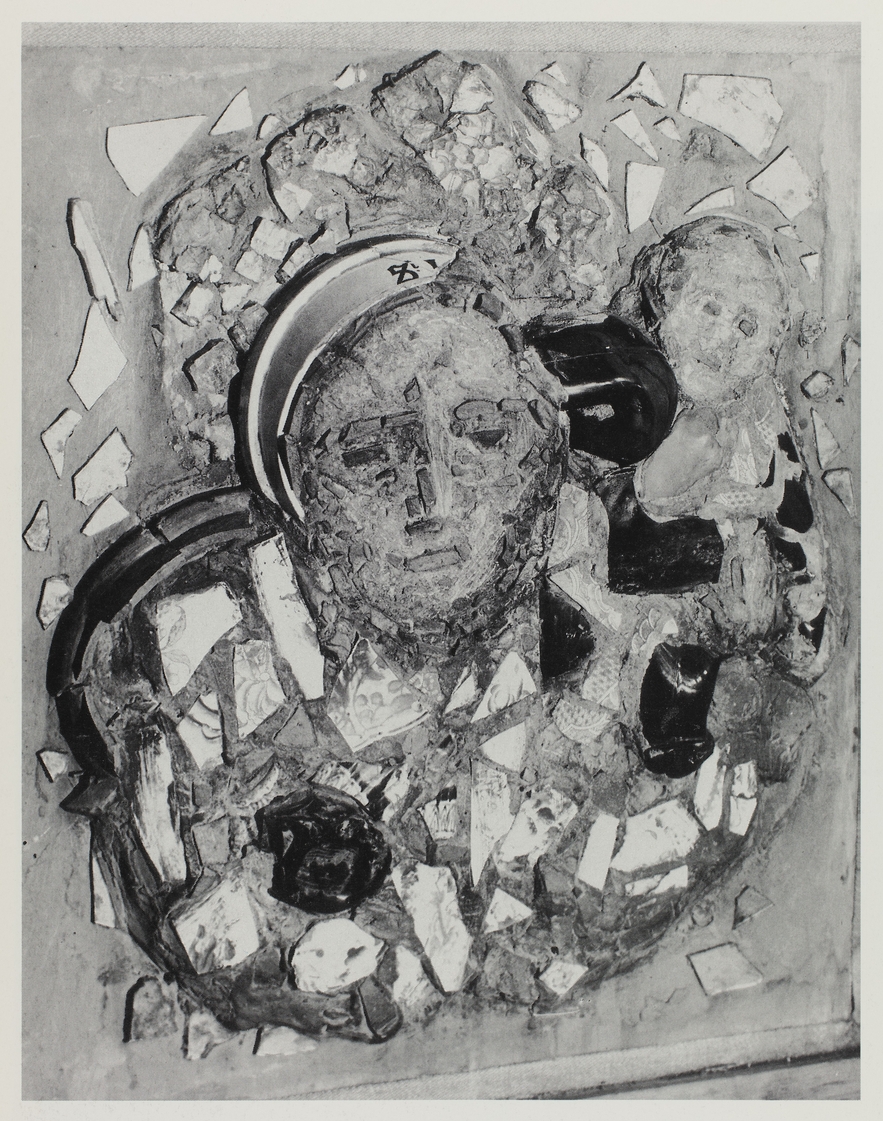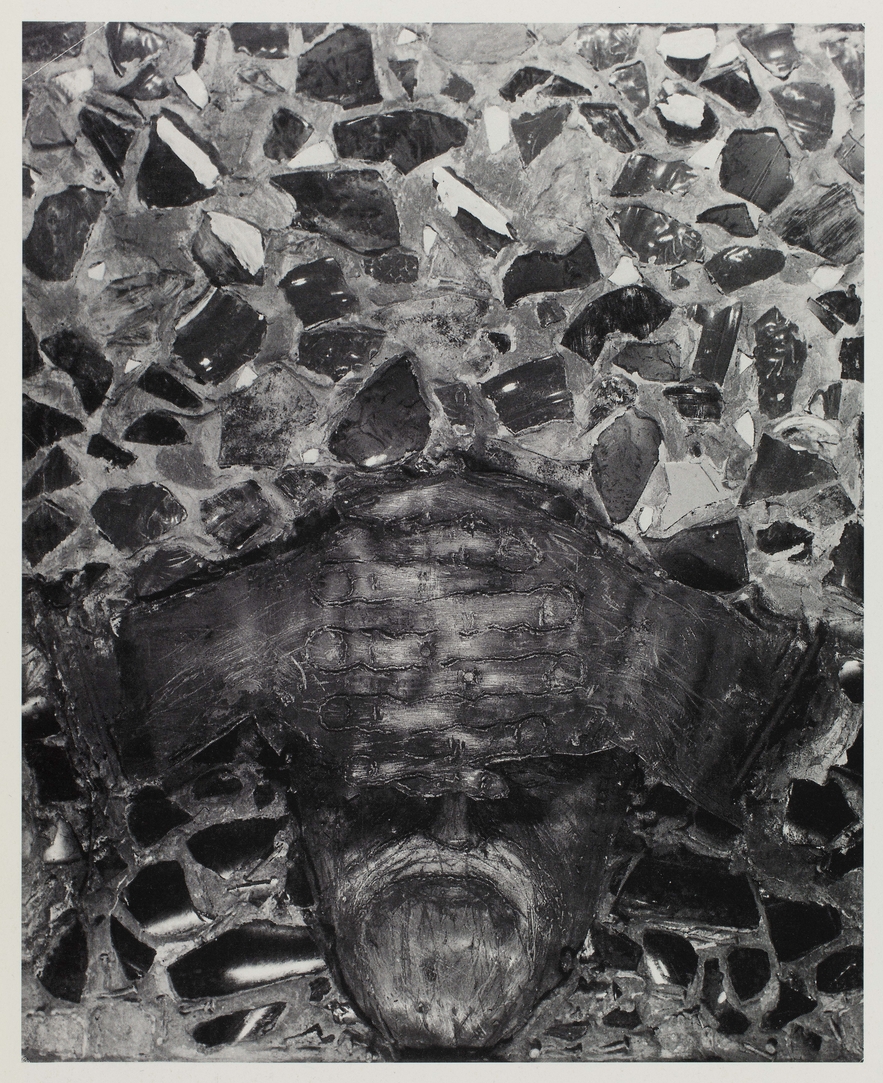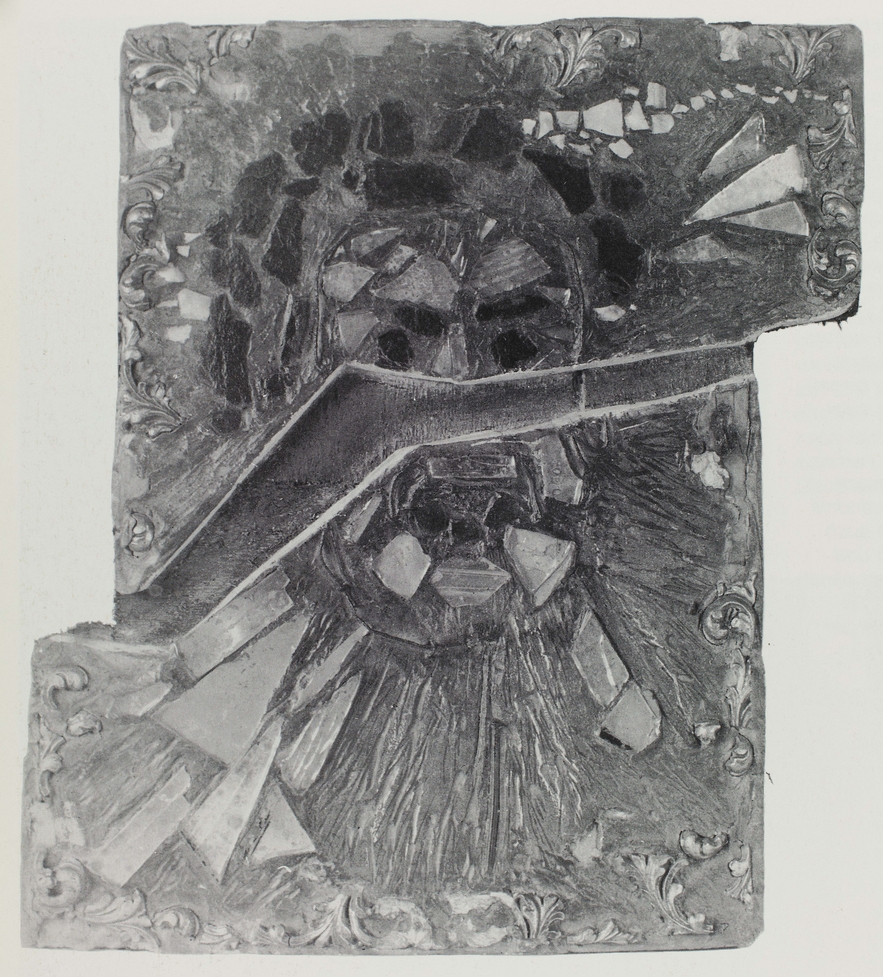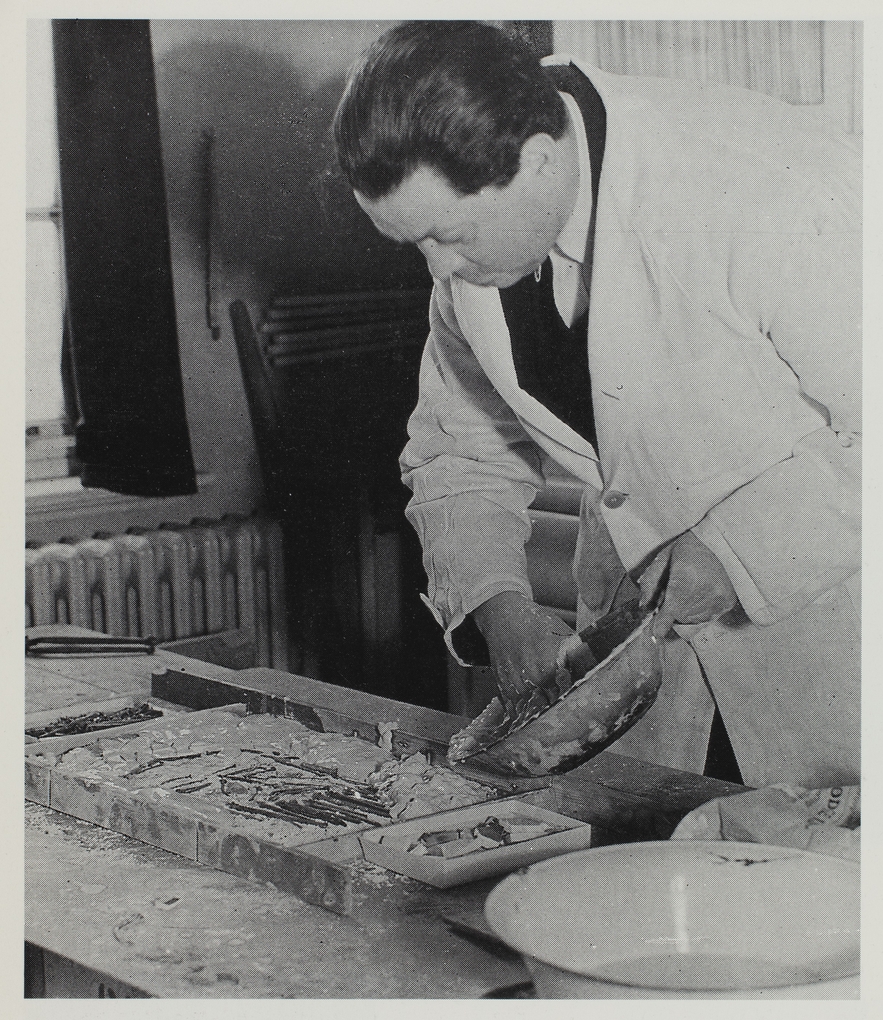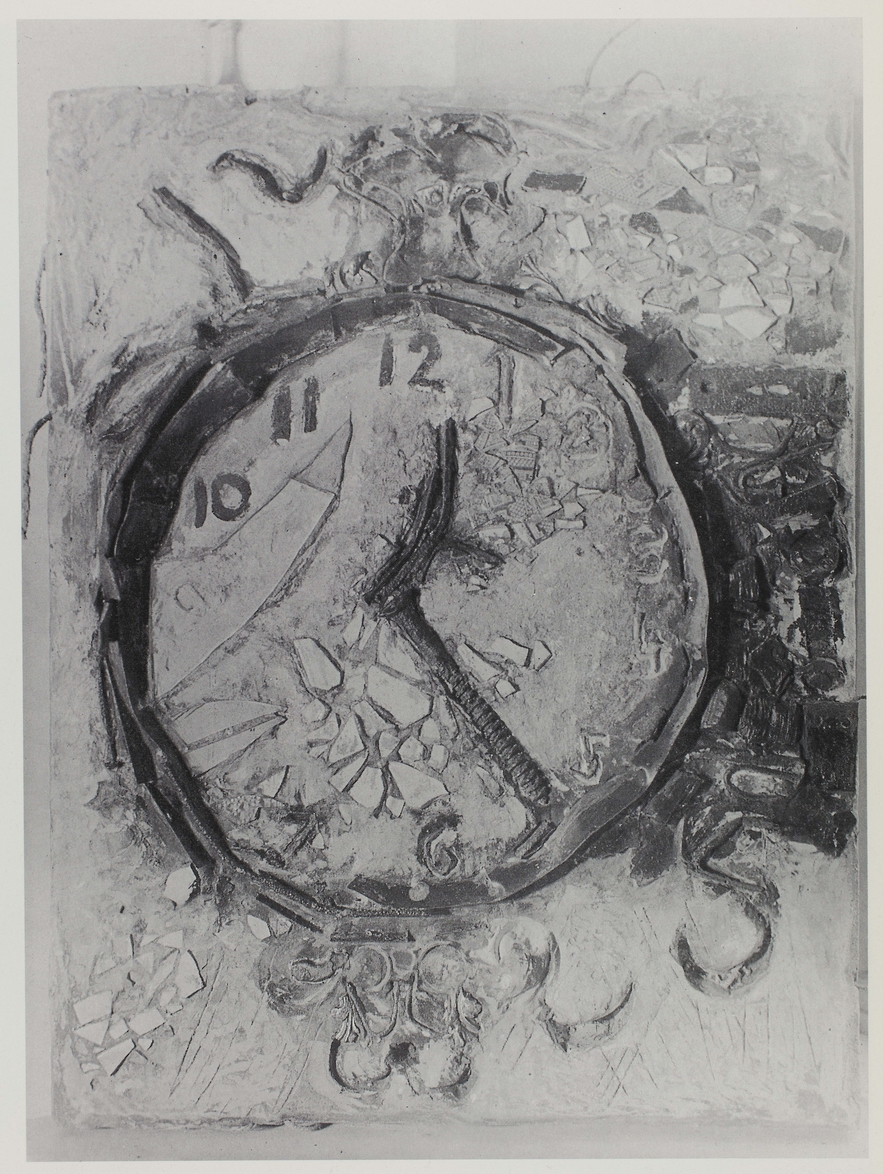Samson Schames: The Missing Mosaics
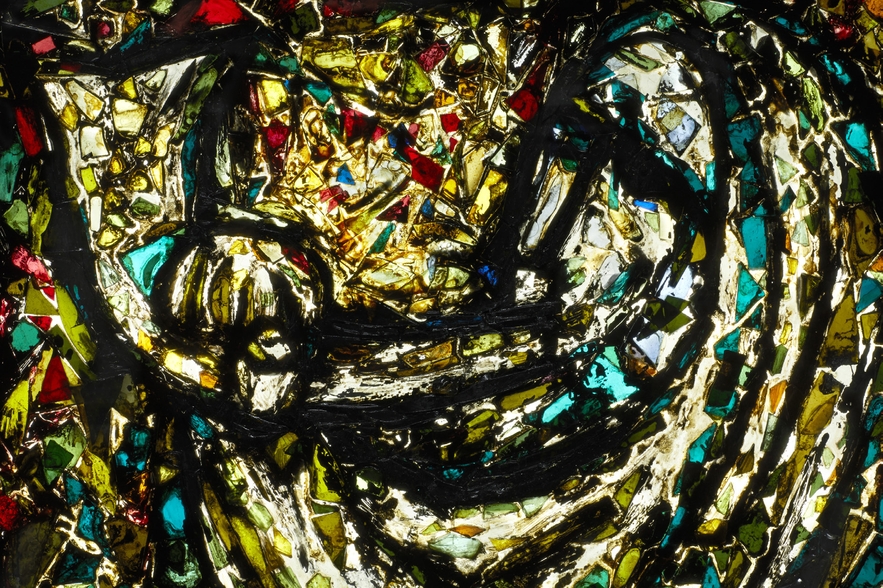
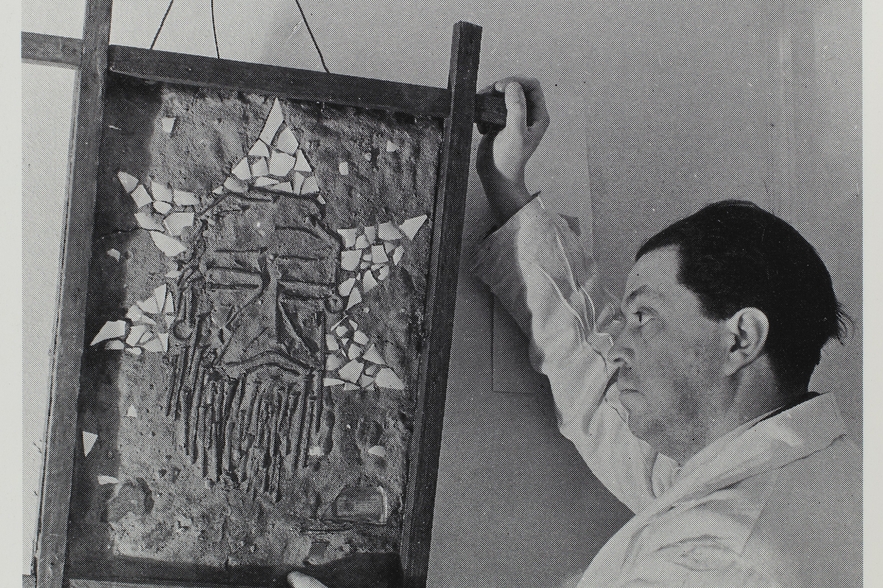
The nine surviving mosaics by artist Samson Schames are valuable early examples of "detritus art" - and five are still missing.
Siegfried Samson Schames was born in 1898 into one of Frankfurt am Main’s oldest Jewish families. After graduating in painting, graphics, and set design in 1923, he worked as a theatrical designer. Schames also produced textile and tapestry designs featuring Bauhaus elements typical of mid-1920s Weimar. His work gained attention from collectors and museums, but following the rise of anti-Semitic legislation after Hitler’s rise to power, Schames was no longer able to freely exhibit. After the Kristallnacht pogroms in November 1938, Schames fled to England via Holland in January 1939.
In June of 1940, Samson Schames found himself imprisoned as an “enemy alien” on the dismal outskirts of Liverpool.
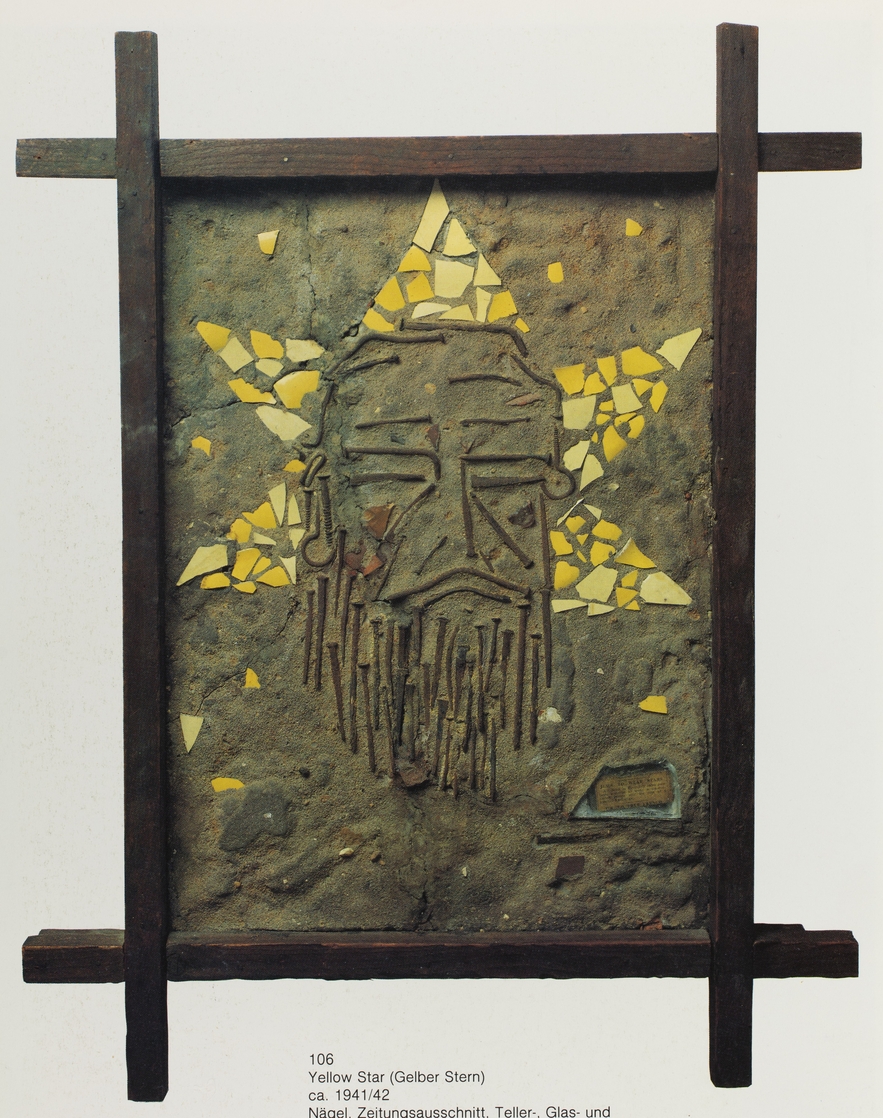
At the age of 41, he had escaped Germany with his life but lost almost everything else. The paintings that sealed his reputation as a fine artist had been declared “degenerate” and destroyed by a mob during the November Pogroms.
Despite his experience as an exile, Schames achieved an artistic breakthrough. He started creating art using improvised techniques and materials. After his release from Liverpool in October 1940, Schames returned to London. During the Blitz, he collected materials from wrecked buildings, which he used to create mosaics that explore themes of persecution and destruction.
A total of nine of Schames’ mosaics survive today as early examples of what is now called “detritus art.” The titles are blunt, reflecting the apocalyptic intensity of his daily experience: Sacrifice, Execution, Crown of Thorns, The Tear, Return to the Fatherland, Sacrifice, Promised “Lebensraum,” and Return to the Fatherland. These works – made of metal, glass, and ceramics fixed in cement – have a physical weight that matches their emotional gravity. In addition, there are at least five known mosaics that remain missing: Yellow Star, Deportation, Mother and Child between Sand Bags, Time Immortal, and Self-Portrait in Broken Mirror.
The search continues for these and other lost works by Samson Schames. If you have any information about missing Schames works, please contact us at (212) 744-6400 or lpaustian@lbi.org
